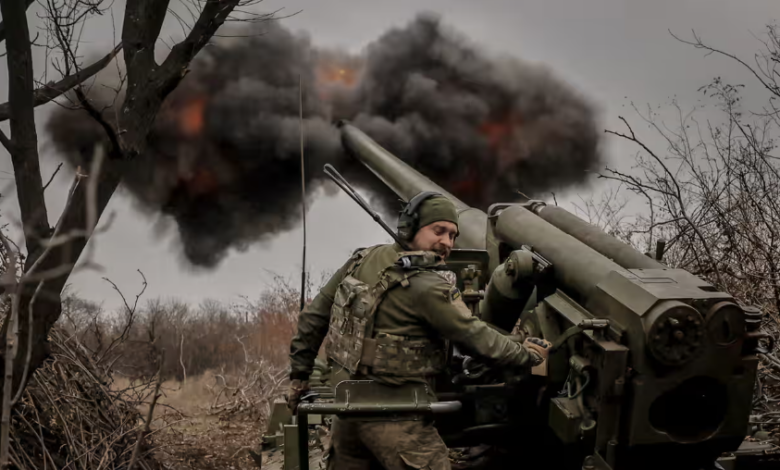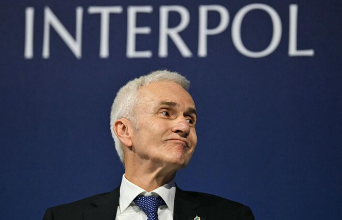Global Conflict Zones Surge by 65%, Threatening Economic Stability and Child Welfare

A new report by Verisk Maplecroft reveals a staggering 65% increase in global conflict zones over the past three years, now encompassing 6.15 million square kilometers—equivalent to nearly double the size of India. This escalation, detailed in the Conflict Intensity Index, highlights intensified violence in Ukraine, Myanmar, the Middle East, and Africa’s Sahel region.
The report underscores the direct economic implications of these conflicts, particularly how Russia’s invasion of Ukraine has disrupted grain exports, impacting food security in the Middle East and Africa. Deaths in conflicts have surged by 29%, with 470 million children affected, facing risks of family separation and exploitation.
Hugo Brennan, research director at Verisk Maplecroft, warns businesses to reassess their risk management strategies, noting that conflicts in distant regions can disrupt supply chains globally. The report also identifies a “conflict corridor” in the Sahel and Horn of Africa, where violence has doubled, and highlights significant unrest in countries like Sudan and Ethiopia.
Experts express concern that while new conflicts emerge, older ones persist, complicating peace efforts. Angela Rosales, CEO of SOS Children’s Villages International, emphasizes that children in conflict zones are particularly vulnerable, facing dire consequences beyond immediate violence.
As geopolitical tensions rise, the international community is urged to address the growing instability and its far-reaching effects on global economic growth and humanitarian conditions, emphasizing the urgent need for comprehensive intervention and support for affected populations.





